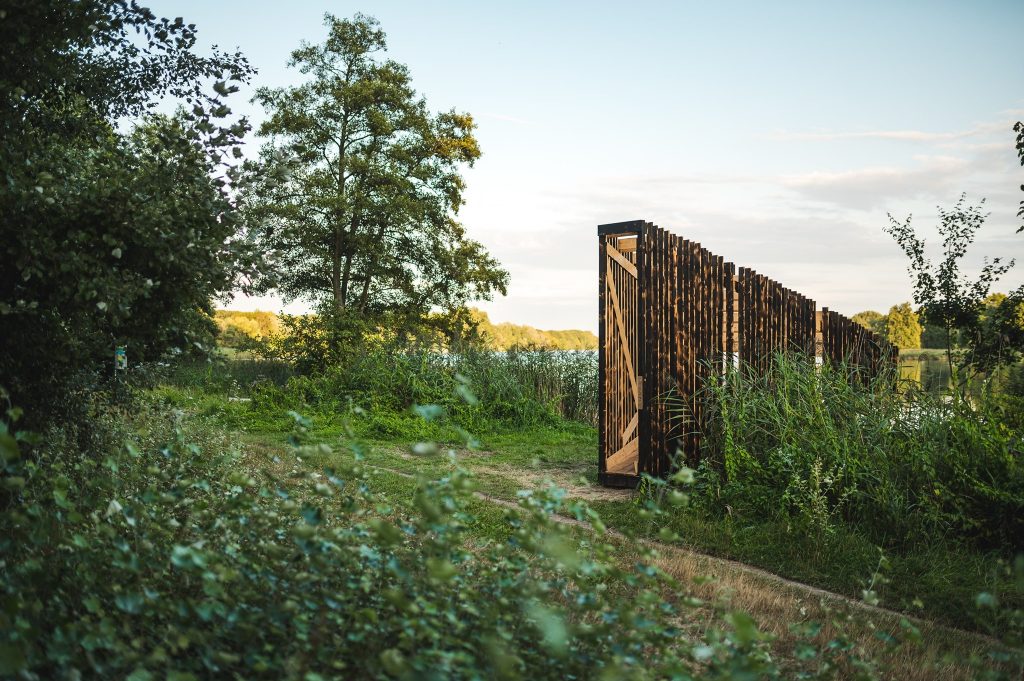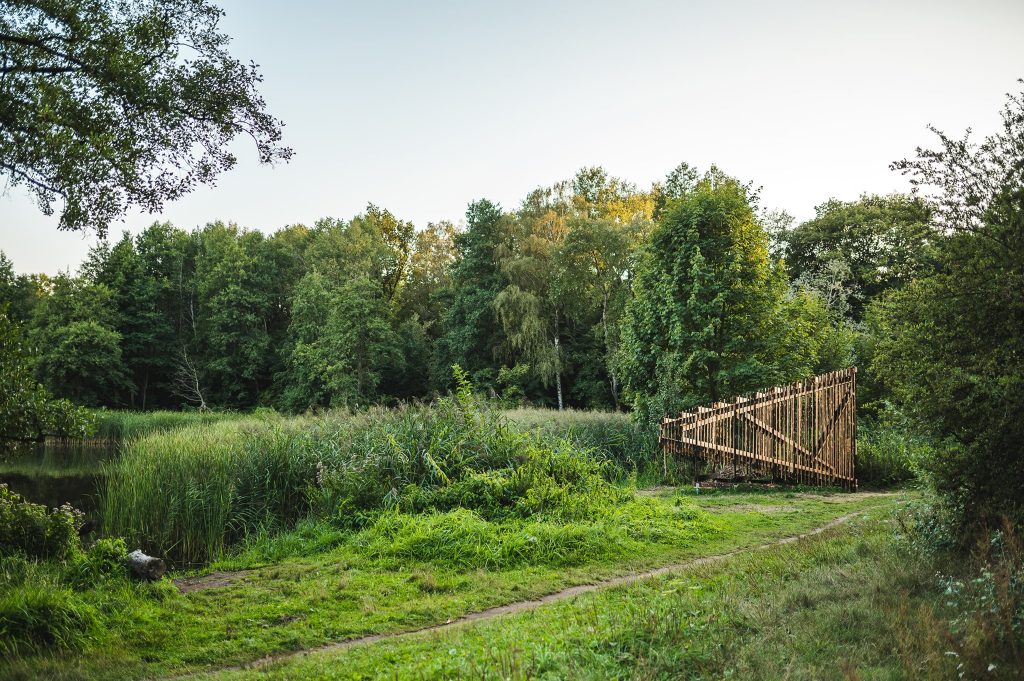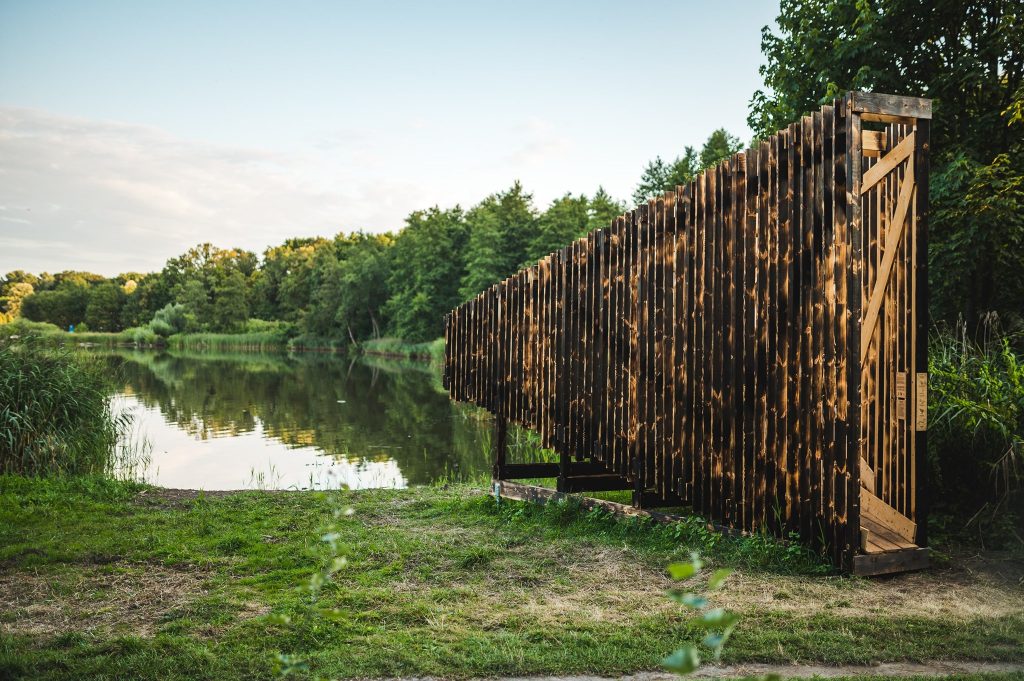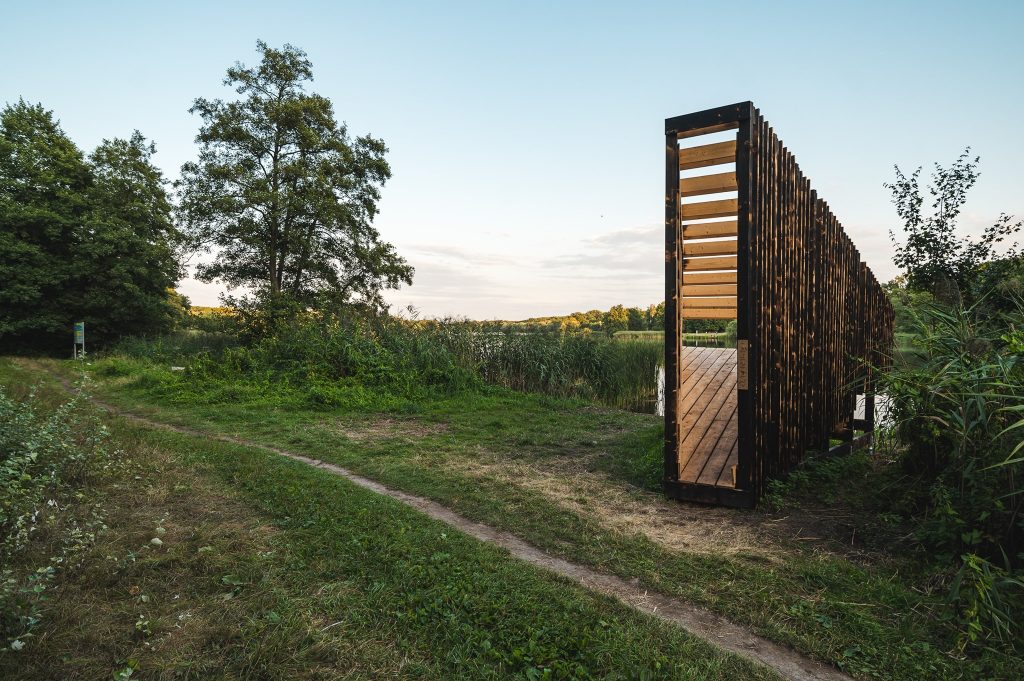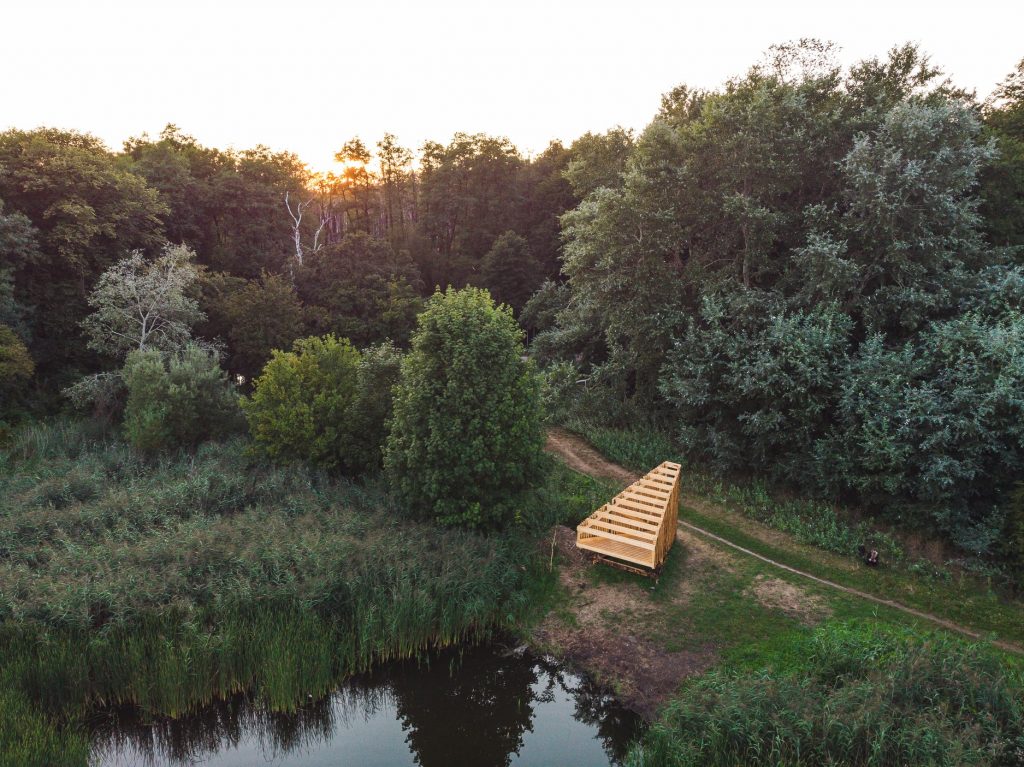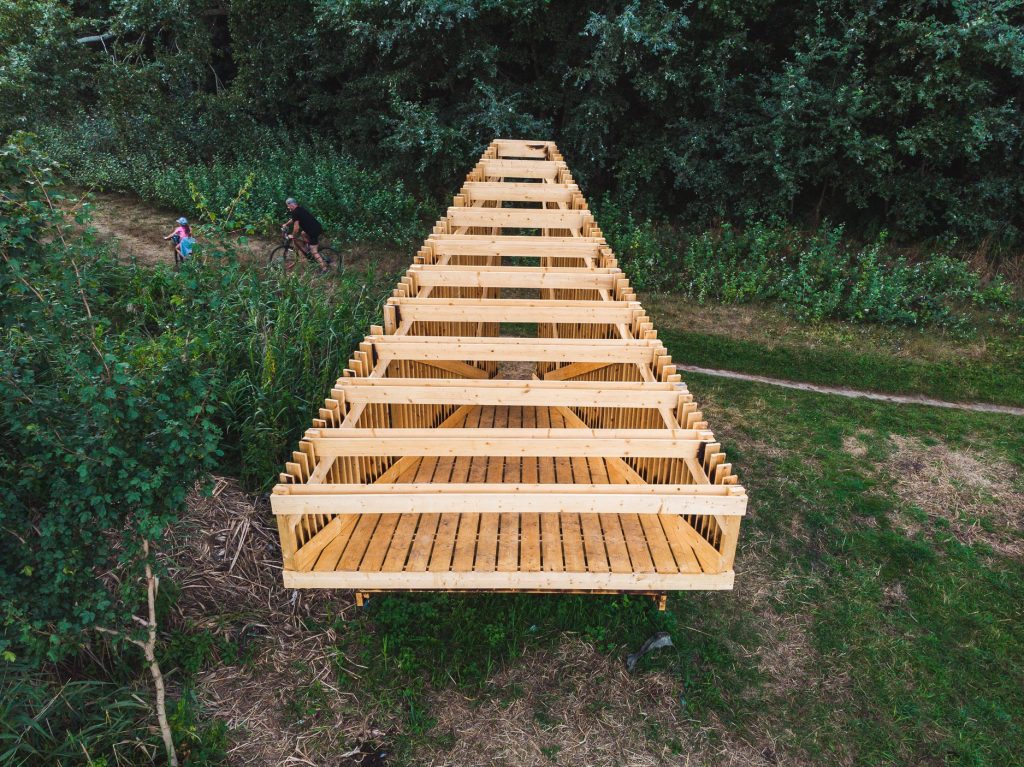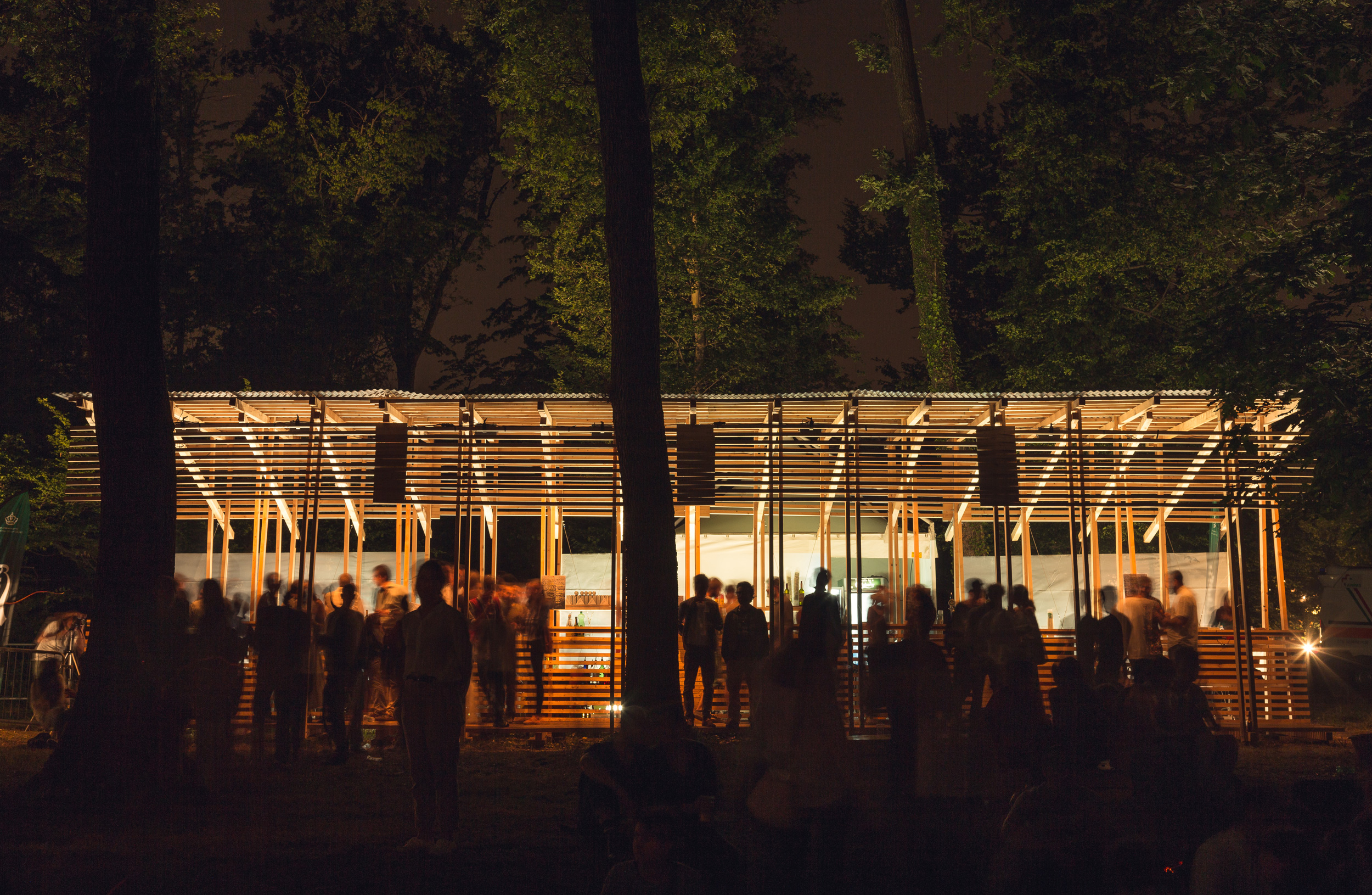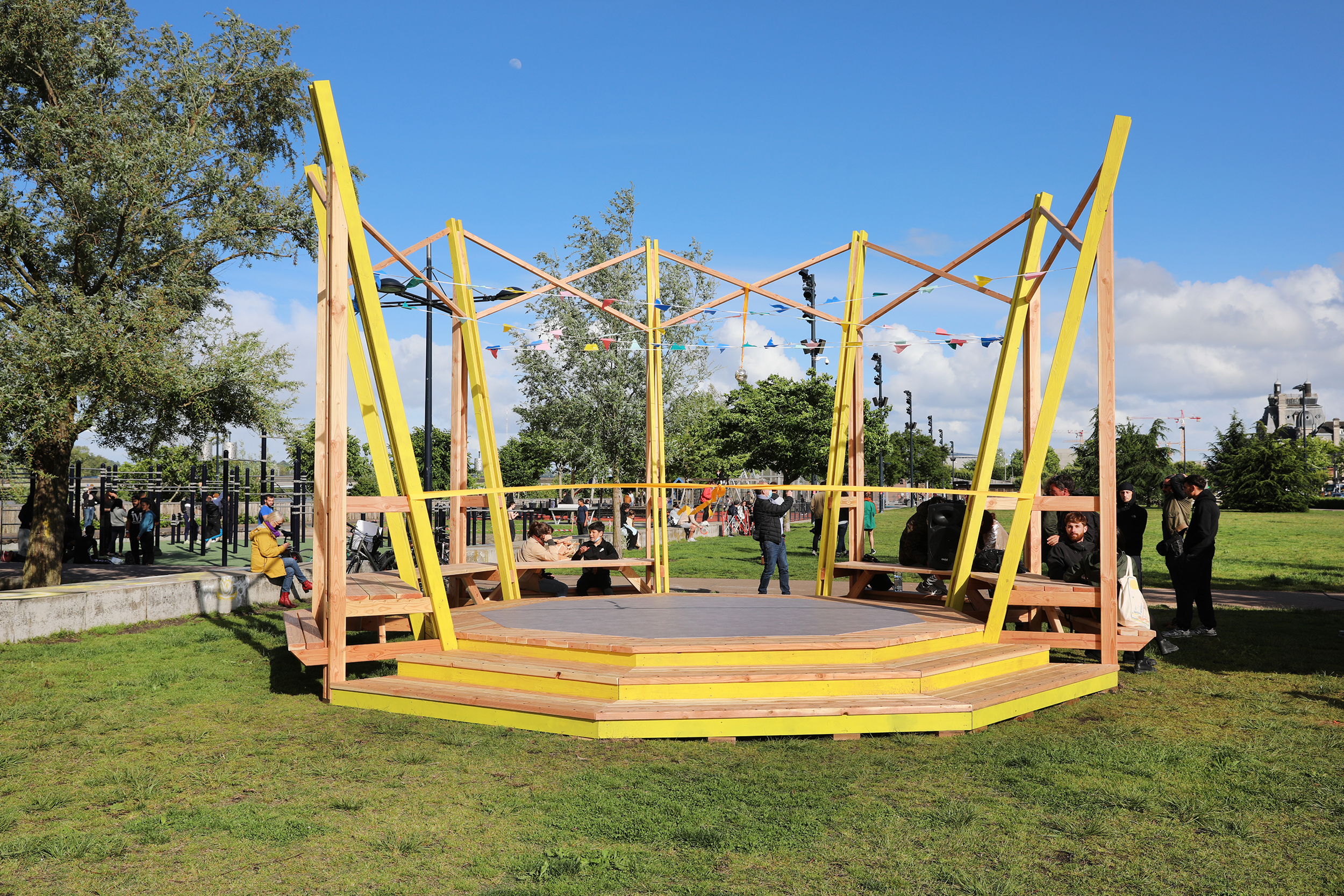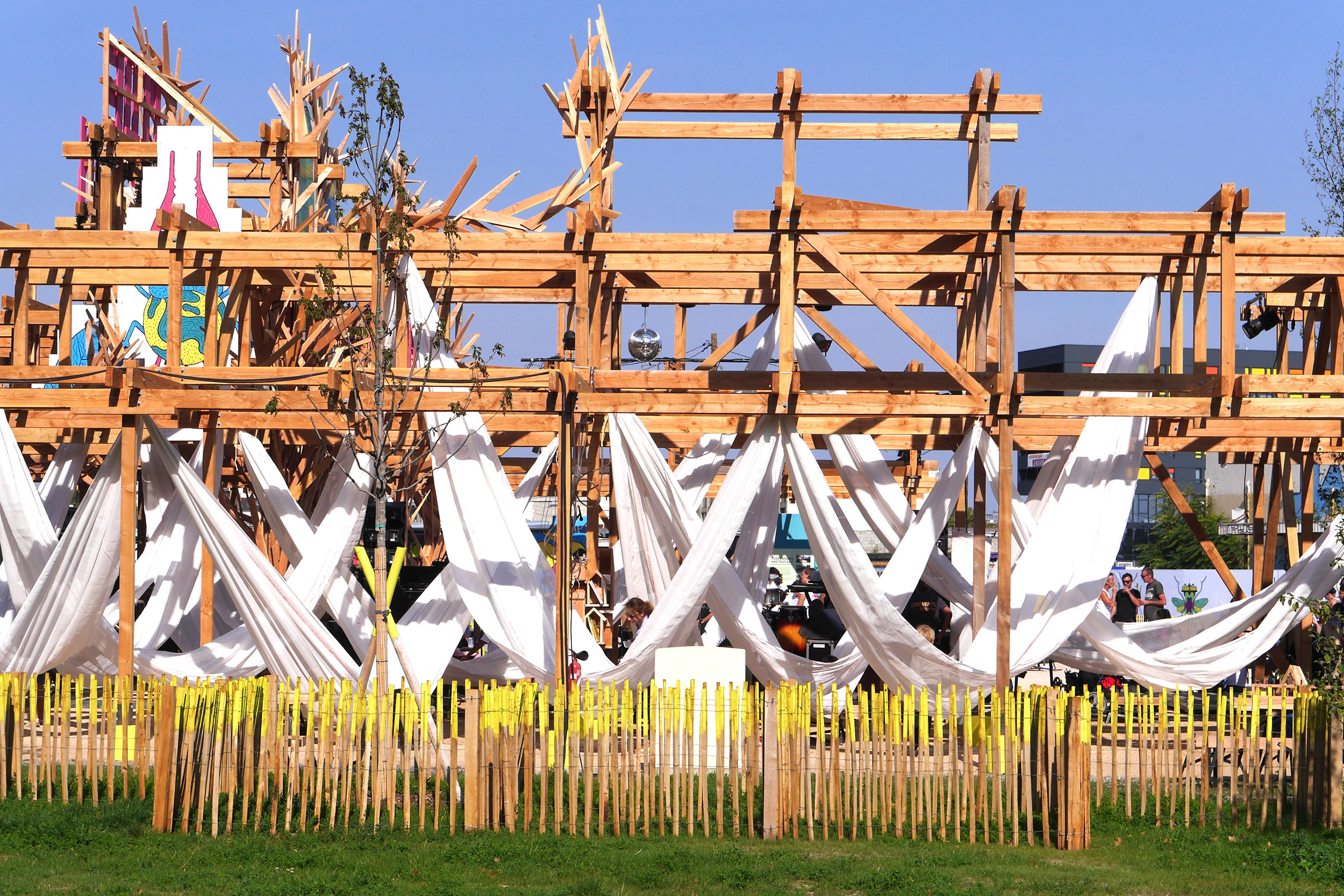Birdwatching spot – Rusałka Lake
Video
author's description
The area around Rusałka is a convenient place for birdwatching. Birdwatching is becoming more and more popular in Poland as a way to spend free time, maintain contact with nature, as a form of recreation, but also a practice of mindfulness and mental health care. More and more research confirms that the presence of birds in the neighbourhood contributes to a better well-being of people, reduces feelings of anxiety or stress. And it does not matter whether we are able to name species of these winged neighbours, what is important is that we notice them, hear them and thus feel more relaxed. The growing interest in birds is associated with the increasing awareness of climate change and the role of biodiversity. This is why common ornithological walks, programs aimed at bird monitoring, educational programmes providing the opportunity to watch birds in nests through web cameras are becoming more and more popular.
In preparation to gather information on the needs of the bird-spotters and the possibility of organising a place for birdwatching at Rusałka, an ornithological walk was organised by Samuel Odrzykoski, a naturalist and ornithologist and by Paweł Kowalczyk, birdwatching populariser and a photographer. People taking part in the ornithological meeting and walk emphasised that they are keen on birdwatching and regularly take part in ornithological walks, but rarely visit Rusalka. The meeting became an opportunity for them to get to know this place. Participants emphasised that they observe birds every day or at least as often as possible. During the walk an optimal place was chosen for the location of the observation point, having a cosy character, located at the mouth of the Bogdanka watercourse to the lake and away from the main walking and cycling routes. Observed birds included: grebe, common wood pigeon, swift, raven, mallard, the great tit, blue tit, chaffinch, blackbird, reed warbler, mute swan, common coot.
A place for bird watching should allow convenient observation of the lake surface and reed beds for min. two people. The construction should be designed to allow cover of persons from the lake side, to protect observers from wind and rain and at the same time provide an insight into the middle from the side of the path. When designing structures, one should first and foremost take into account safety issues (including for children), and comfort of use also in the colder period. Walls can also be a place where information on the rules of use and local birds can displayed.
Thanks to numerous conversations with ornithologist and analysis of the characteristics of the place, a design of the object was created in a form of which forces users to observe in a lying position, and directs their eyes to the water and rushes inhabited by many species of birds. The entrance to the structure was designed so that people could enter through them individually, and the transparent facade discouraged the use of this place for, for example, drinking alcohol. The outer walls of the observatory were tanned on one side to simultaneously impregnate the wood and create an interesting two-colored facade effect. The final effect can be seen even from the other side of the lake, because the structure is over three and a half meters high. At the entrance to the structure there is information about bird species that can be observed on Lake Rusałka and a brief description of the project.


